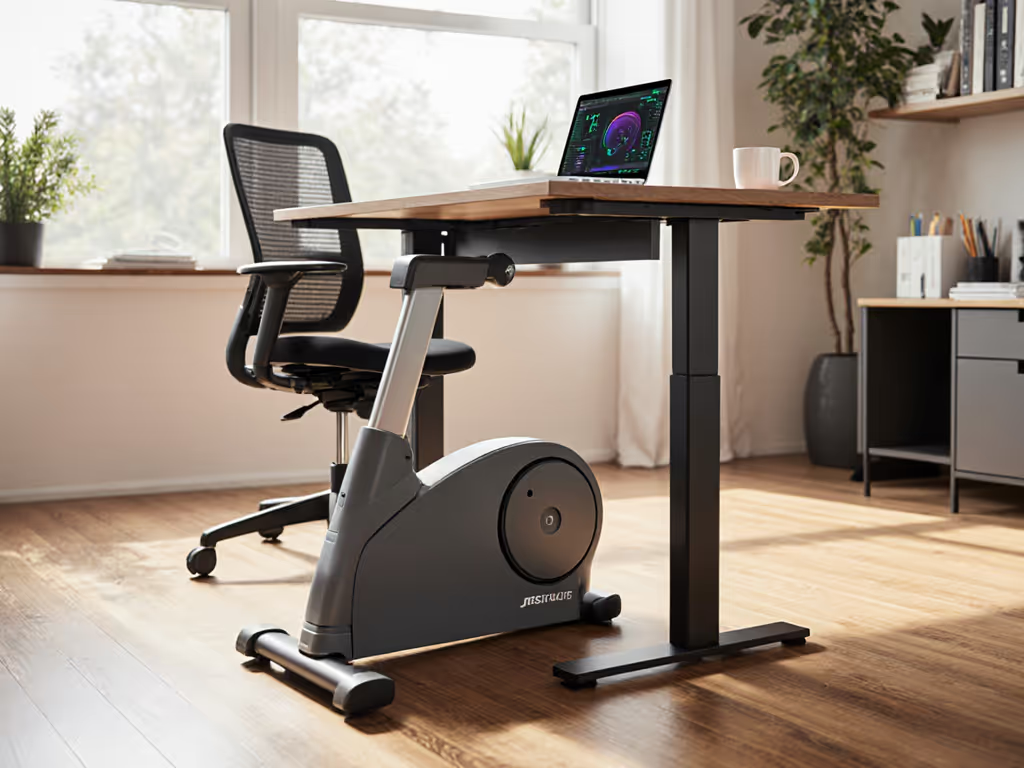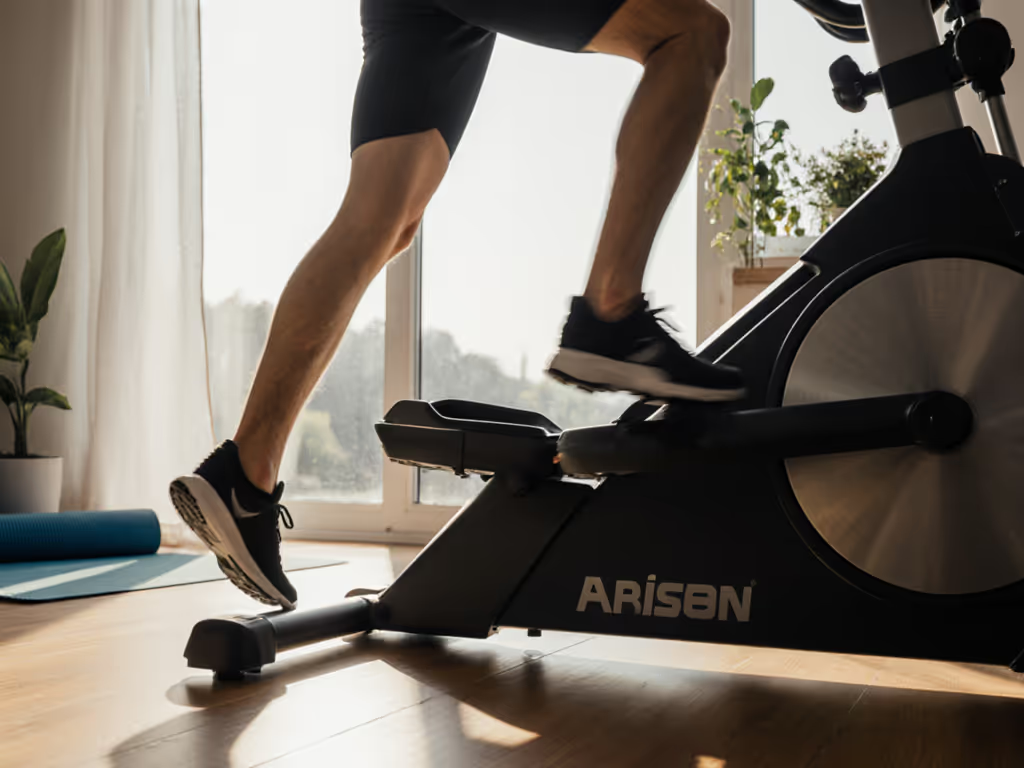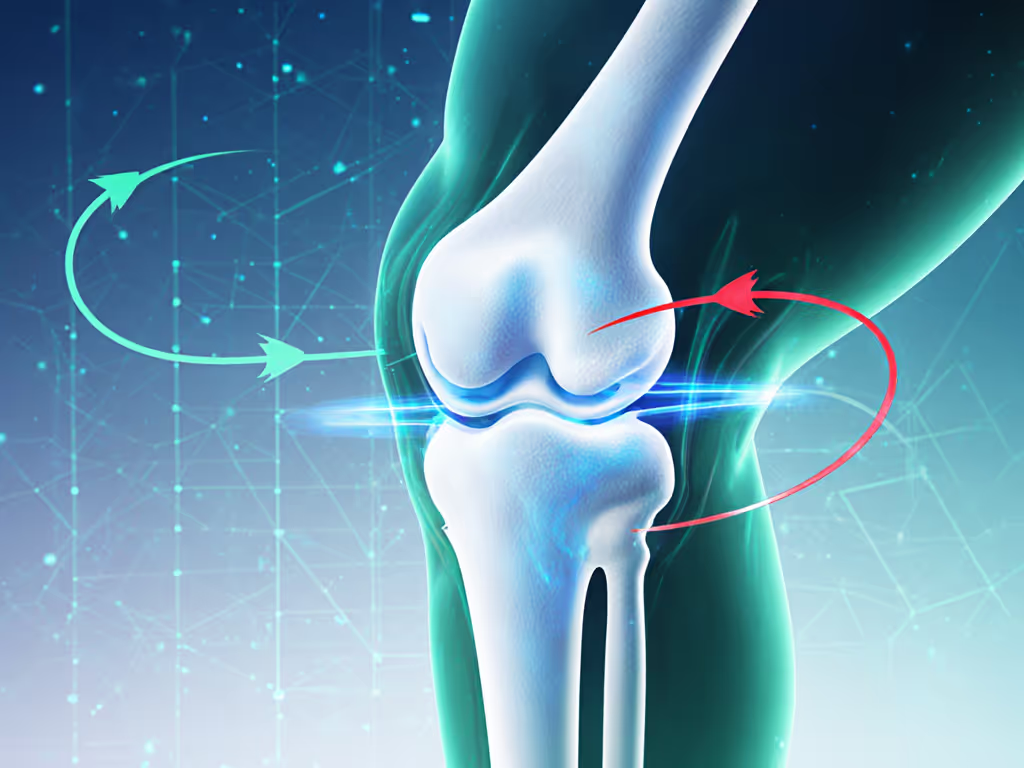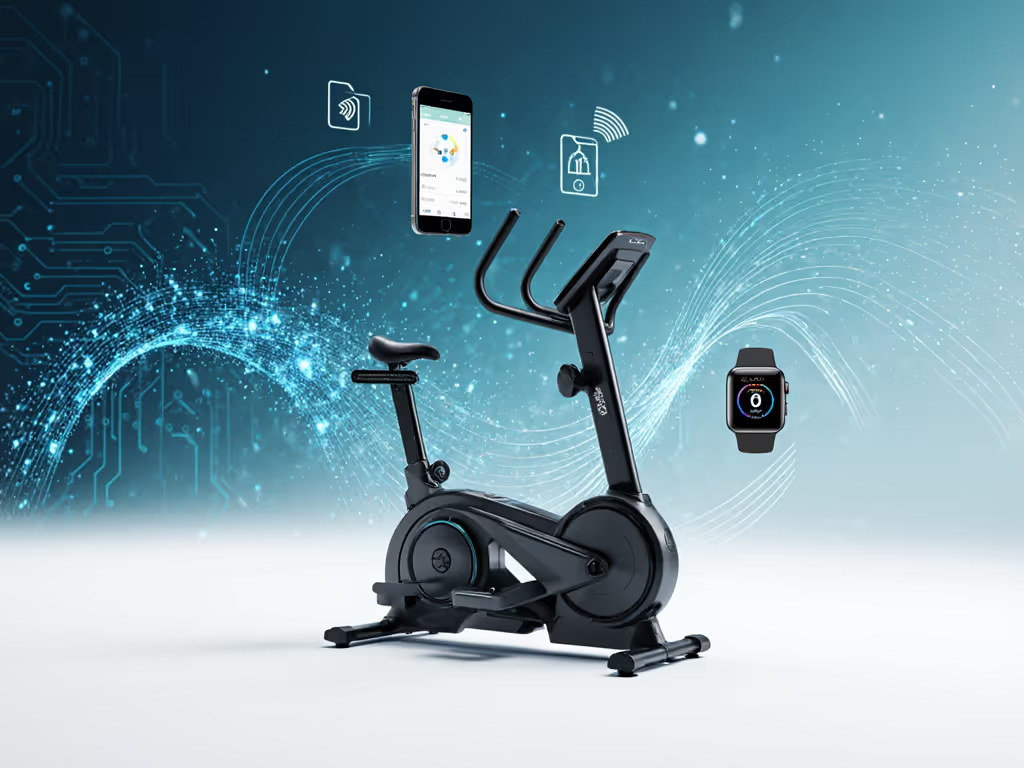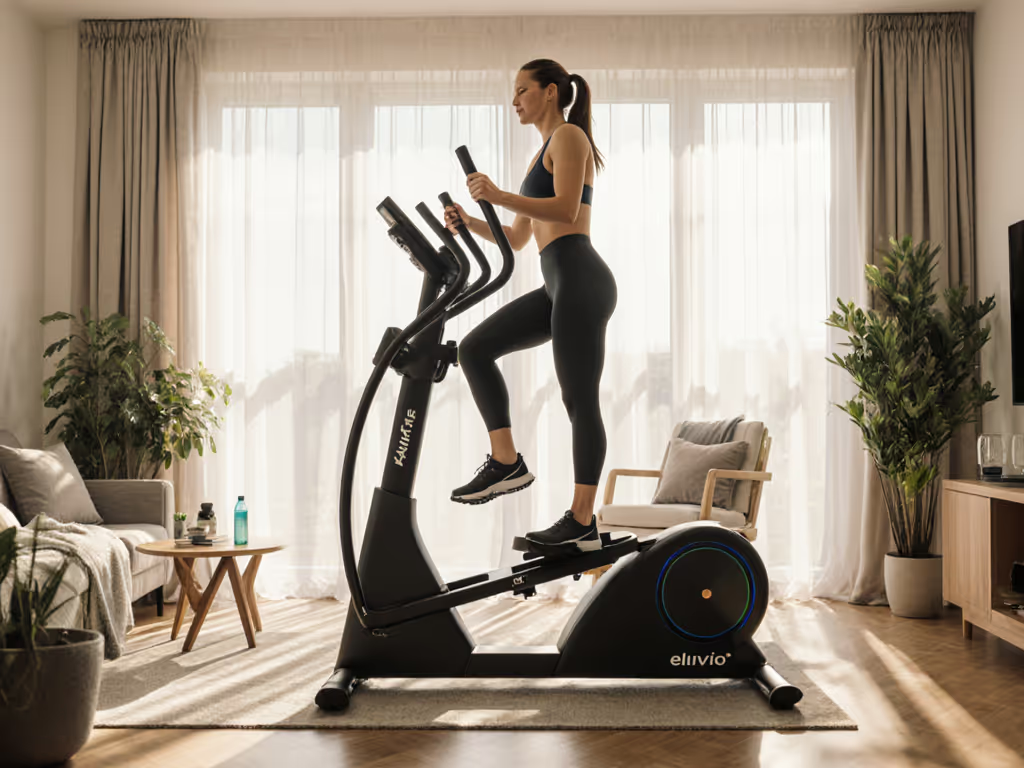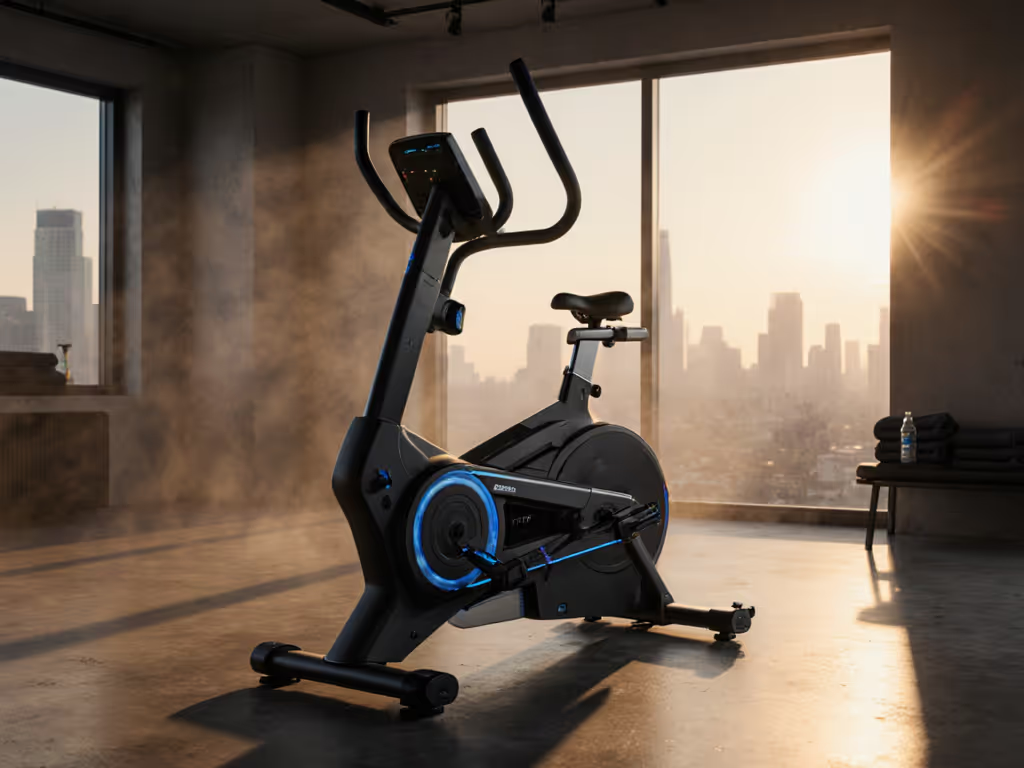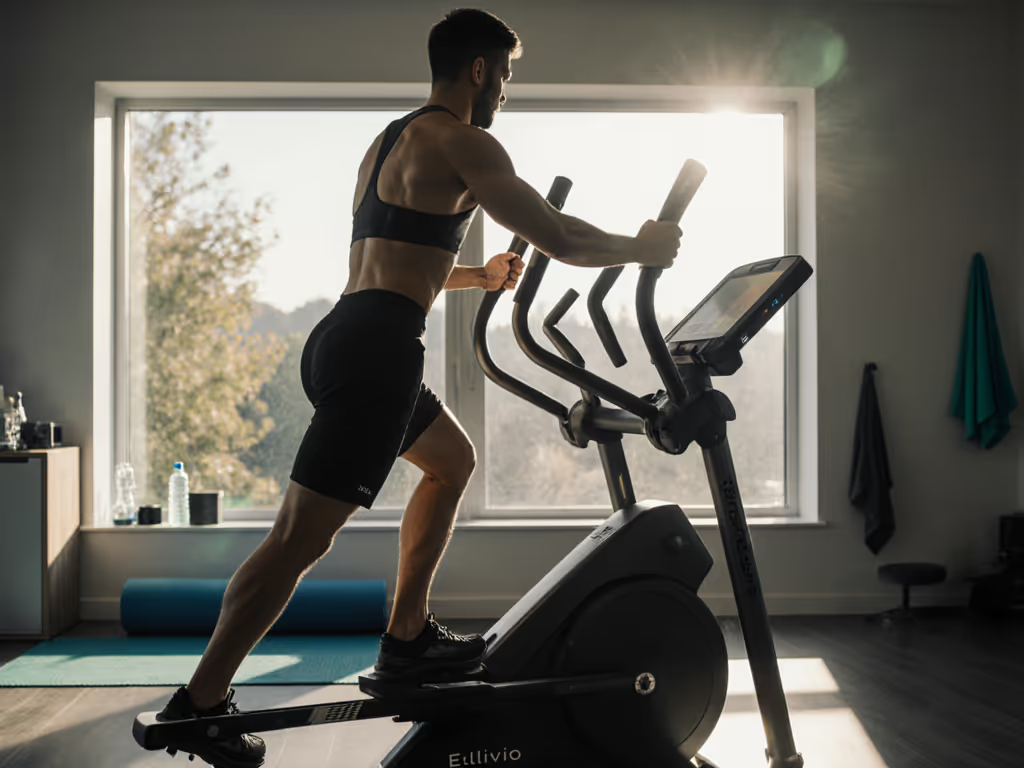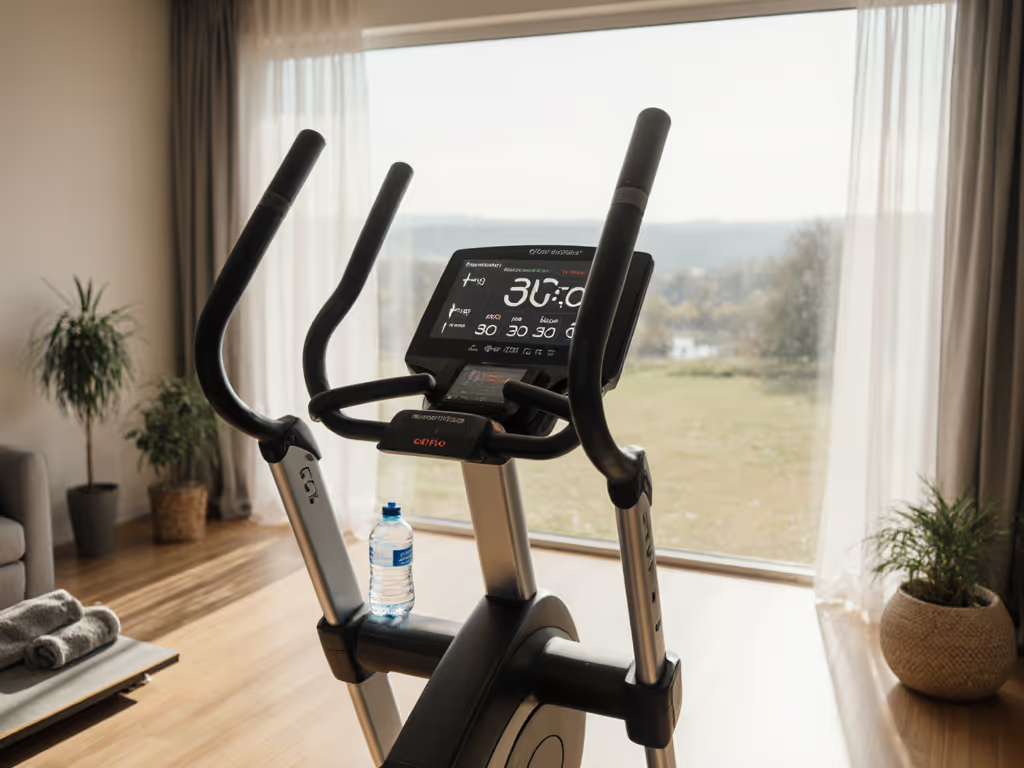When arthritis tightens your joints, finding exercise that doesn't feel like punishment is critical. An elliptical for arthritis delivers uniquely low-impact motion that protects knees and hips while building strength (verified by clinical studies tracking joint degeneration over time). Unlike treadmills or high-impact sports, the elliptical's gliding path keeps both feet grounded, eliminating jarring force on inflamed joints. Better still, pairing this with compact elliptical units creates space-smart solutions for apartment dwellers or home gyms. Let's dissect the evidence and address your unspoken concerns about safety, effectiveness, and seamless integration into your routine.
Open data equals freedom; closed ecosystems limit your progress.
Why Your Joints Actually Like Elliptical Motion
Arthritis pain often flares from uneven joint loading. The elliptical's oval motion solves this: your feet never leave the pedals, distributing weight evenly across the knee and hip. Research in the Journal of Rehabilitation Medicine confirms this. Patients using ellipticals after hip replacement showed significantly greater knee extensor strength, stride length, and walking speed at 1 and 3 months post-op versus walkers. Crucially, they also reported less fear of falling, a huge win for mobility confidence.
But not all motion is equal. Racket sports (like tennis) accelerate knee degeneration in overweight osteoarthritis patients, per RSNA MRI data tracking the modified Whole-Organ Magnetic Resonance Imaging Score (WORMS). Over four years, elliptical users showed the smallest structural changes, proving this isn't just subjectively easier, but objectively safer for joint longevity.
Crafting Your Low-Impact Arthritis Workout
Forget "no pain, no gain." Arthritis demands strategic stimulus. Here's your protocol framework:
-
Start slow: 8-10 minute sessions at 50-60 RPM, 0% incline. Why? Lower cadence reduces shear force on compromised cartilage.
-
Progress with precision: After 2 weeks, add 2 minutes/session weekly until hitting 20-30 minutes. Test with repeatable intervals: Note joint comfort at each duration. Discomfort = regress, not persist.
-
Resistance > speed: Increase resistance (not stride rate) to build leg strength. Goal: 70-80% max effort perceived exertion. Calls out data drift: Many machines misreport resistance levels; use RPE (Rate of Perceived Exertion) scales until you verify calibration.
-
Frequency: Aim for 4-5 days/week. Why consistency matters: A 2023 Arthritis Foundation study tied 150+ weekly exercise minutes to 27% greater pain reduction versus sporadic effort.
This low-impact arthritis workout isn't just about movement, it's strategic joint loading. Strengthening quads and glutes via elliptical motion creates a "muscular splint" around knees, reducing bone-on-bone friction. You're not masking pain; you're rebuilding stability. For step-by-step progressions that respect joint healing, see our elliptical rehabilitation protocols.
The Connectivity Trap: Why Your Data Matters as Much as Your Workout
Here's what most reviews ignore: If your machine hides workout exports behind a subscription, you lose critical pain-management insights. I once lost a week of intervals to a console that locked data, until I switched to a unit broadcasting standard BLE FTMS. Instantly, heart rate, cadence, and resistance synced to my watch and free app. No paywall. Just unbroken data. To make those numbers actionable, use our elliptical metrics guide to track meaningful progress without subscription lock-in.
This is non-negotiable for arthritis exercise routine tracking. Why?
-
Pattern recognition: Correlate joint stiffness days with workout intensity/resistance. Example: If pain spikes after >120W resistance, you've found your ceiling.
-
Objective progress: Track stride length symmetry (a key fall-risk indicator post-hip surgery) without manual logging.
-
Seamless habit stacking: Sync to Apple Health/Google Fit. No extra apps = higher adherence.
FAQ: Your Real Concerns, Evidence-Based Answers
Q: Can ellipticals worsen rheumatoid arthritis flares?
A: No evidence supports this, but timing matters. Avoid high resistance during active inflammation. Stick to 10-minute, low-RPM sessions for blood flow. Key tip: Monitor morning stiffness duration post-workout. Increase if >2 hours.
Q: Treadmill vs. elliptical - truly better for knee OA?
A: Yes, for reduced impact. Treadmills absorb ~30% more ground reaction force through the knee. But if you prefer treadmills, walk (never run) at 2-3 mph with 1-2% incline to minimize shear.
Q: How do I know if resistance feels "right" for pain management?
A: Use the "talk test." If you can't speak full sentences, reduce resistance. Calls out data drift: Machines often overstate wattage. Trust perceived effort over screen numbers until validated via power meter tests.
Q: Do compact ellipticals sacrifice smoothness for size?
A: Not inherently. Look for rear-drive systems with 16+ lb flywheels (creates momentum inertia) and Q-factors (pedal width) ≤ 185mm. Test this: Stand on pedals, knees should align over ankles, not wobble inward.
Q: Can elliptical training prevent further degeneration?
A: Research says yes when dosed correctly. The RSNA study showed elliptical users had the slowest WORMS progression, but only at moderate intensity. High resistance (>80% max) negates benefits. Track via 6-minute walk tests quarterly.
Your Path to Pain-Free Movement Starts Here
Ellipticals aren't just "easy" cardio, they're biomechanical allies against arthritis progression. The data proves it: consistent, measured use strengthens supporting muscles, improves joint nutrition, and slows structural decline. But your machine must honor two principles: accurate sensor feedback and open data access. Without these, you're guessing at progress while locked in an ecosystem that limits your freedom to choose tools.
Train smarter, not noisier. Start with 10-minute sessions, track perceived exertion, and demand machines that export data without subscriptions. Your joints, and future self, will thank you. When you're ready to purchase, start with our first-time buyer's guide to choose a joint-friendly machine and avoid costly mistakes.
Further Exploration
- Download our Arthritis-Friendly Interval Template (no email required)
- Compare BLE FTMS vs. ANT+ compatibility across popular models
- Read the full RSNA WORMS study methodology on knee degeneration
